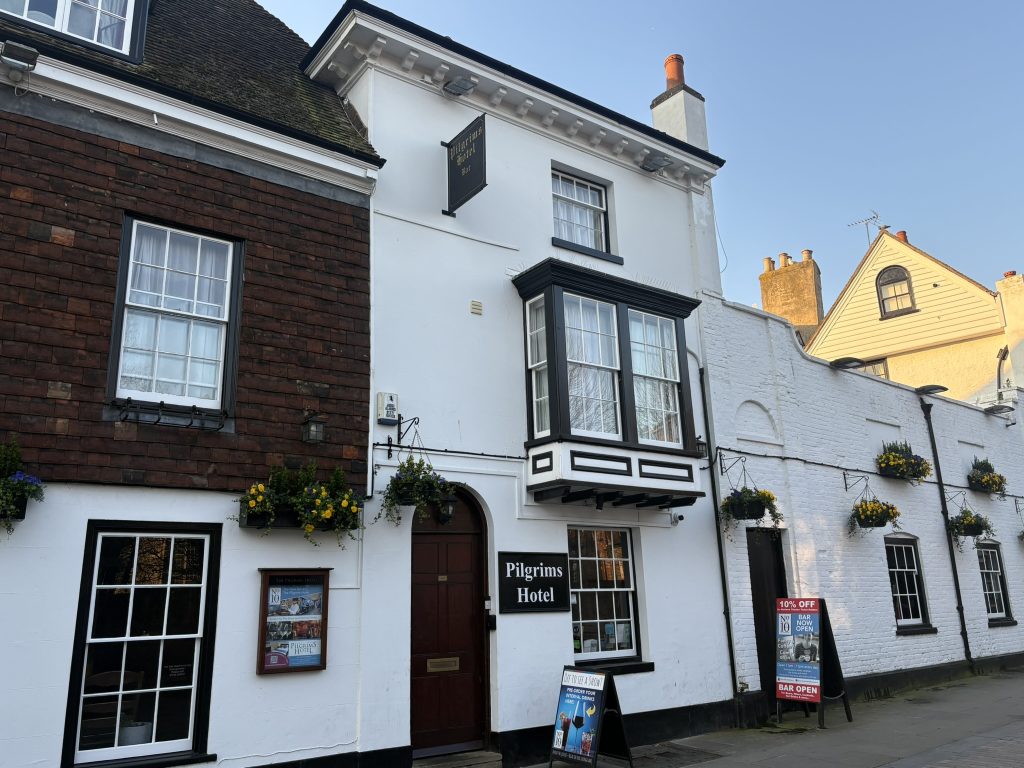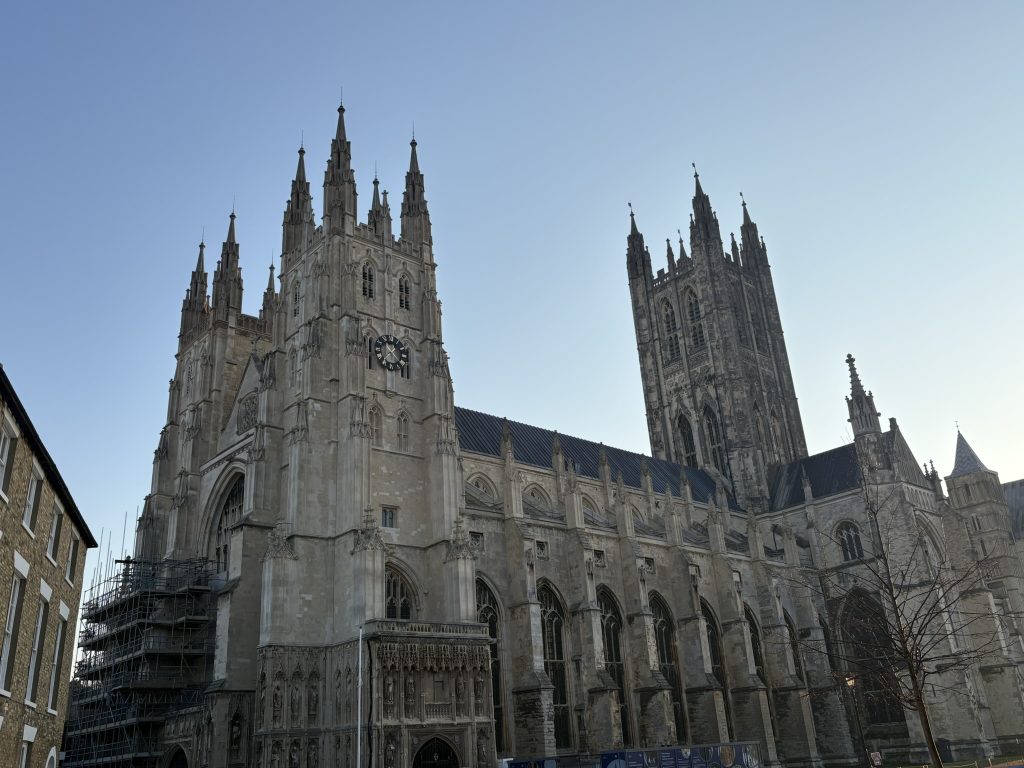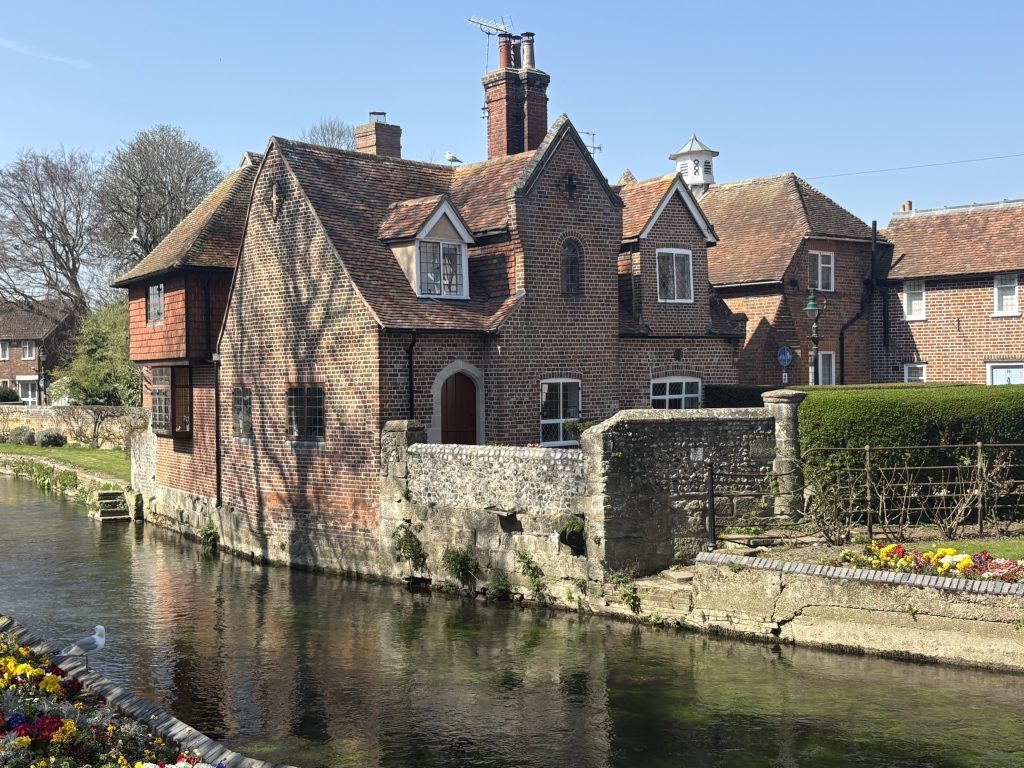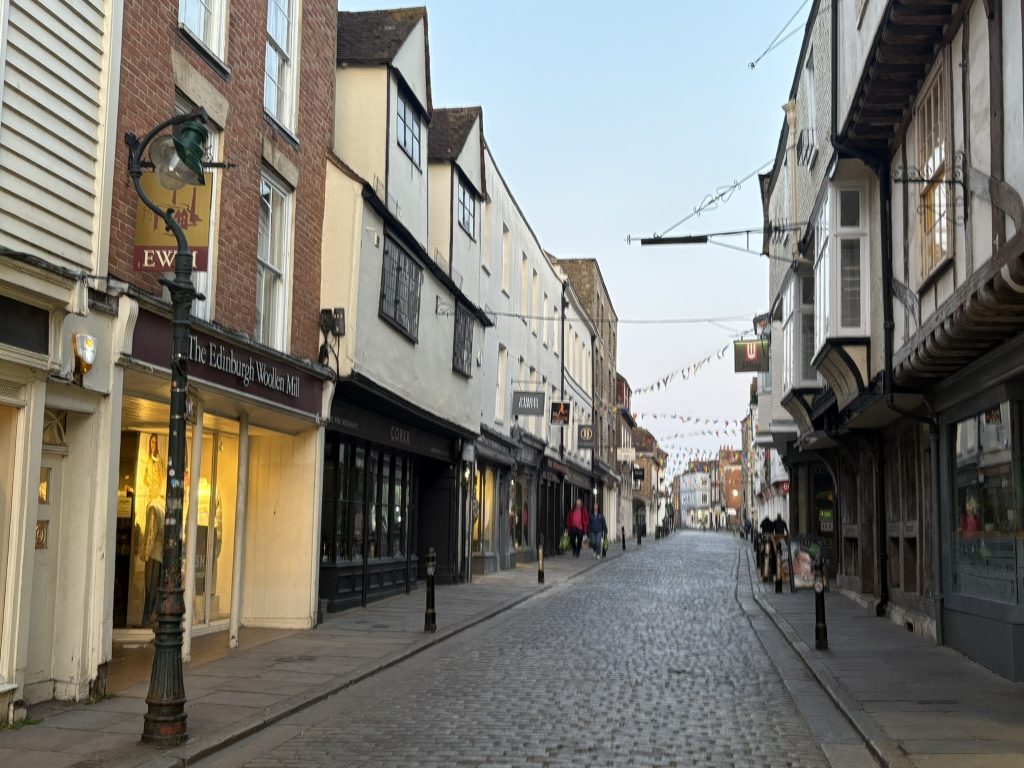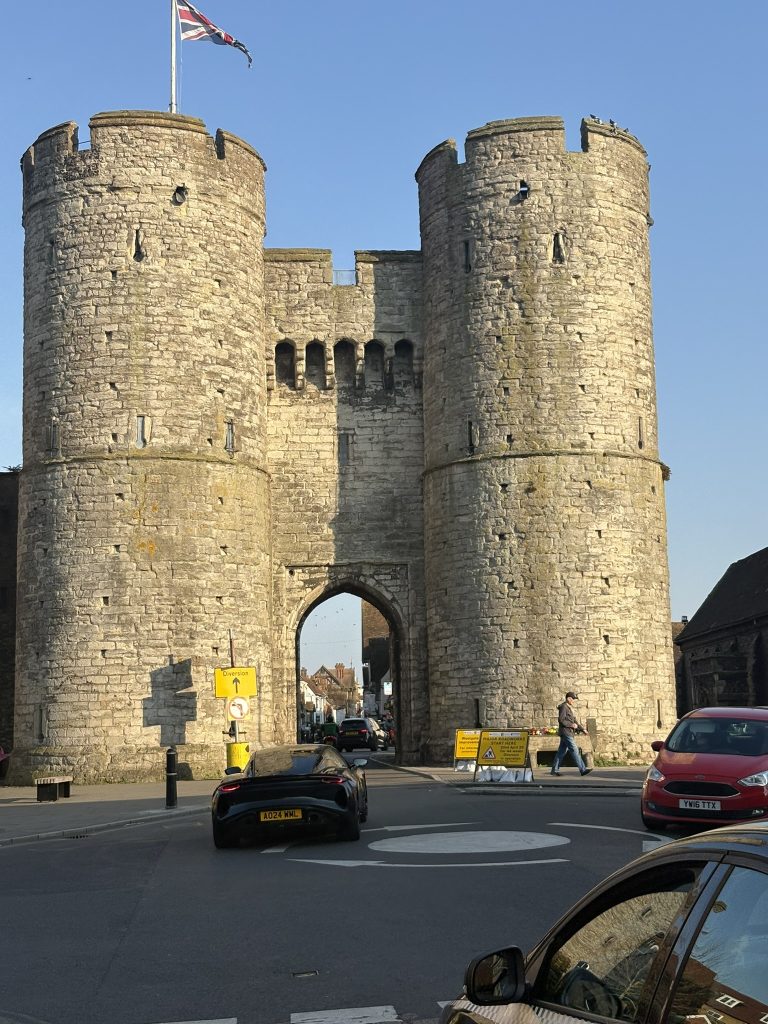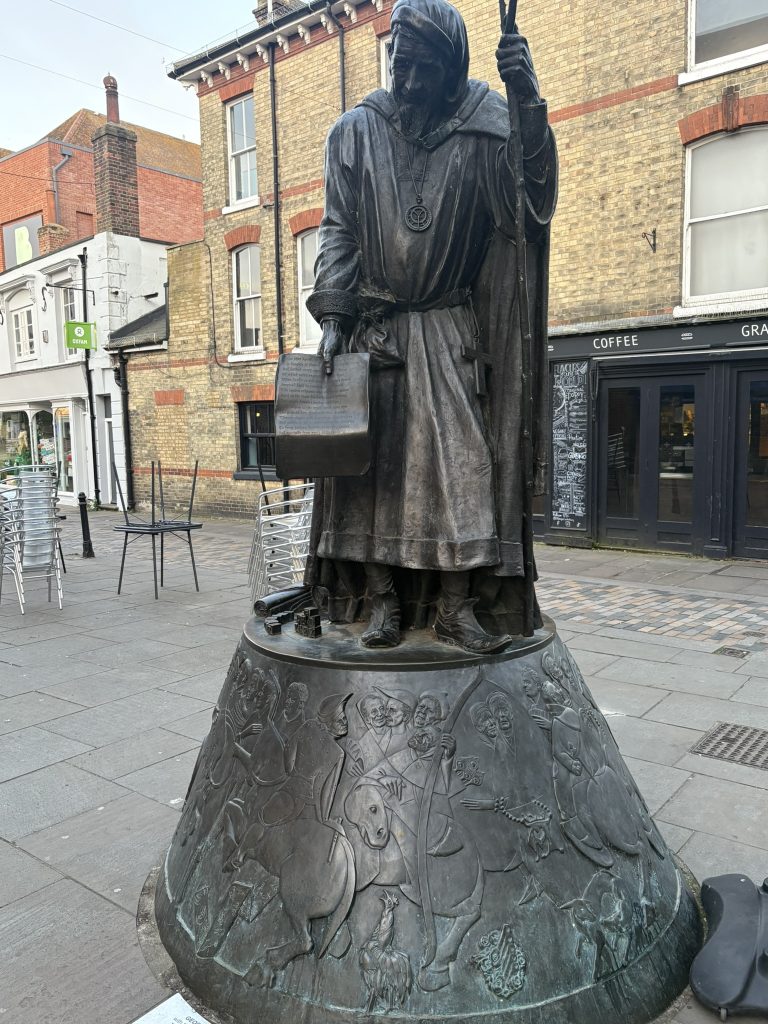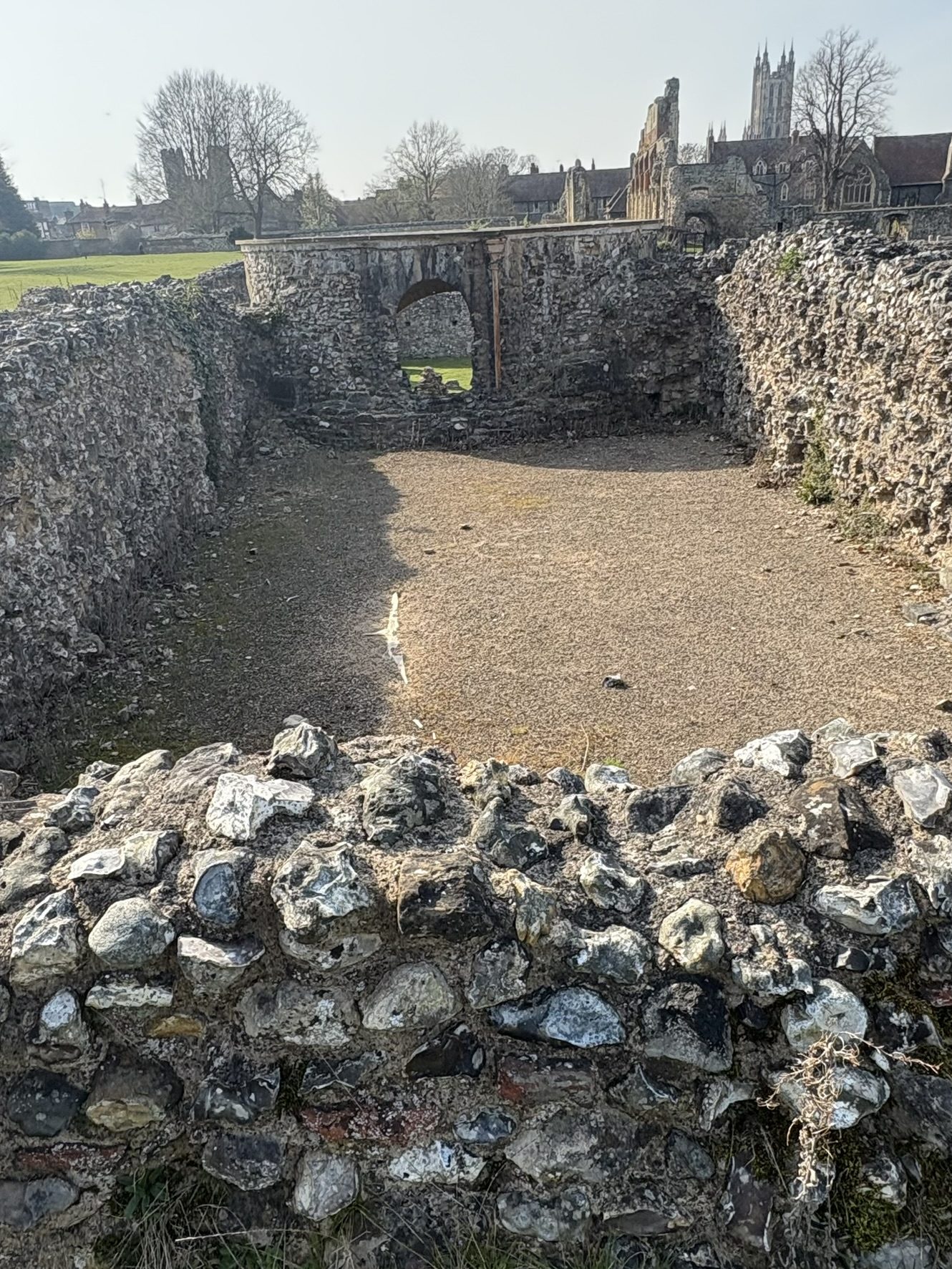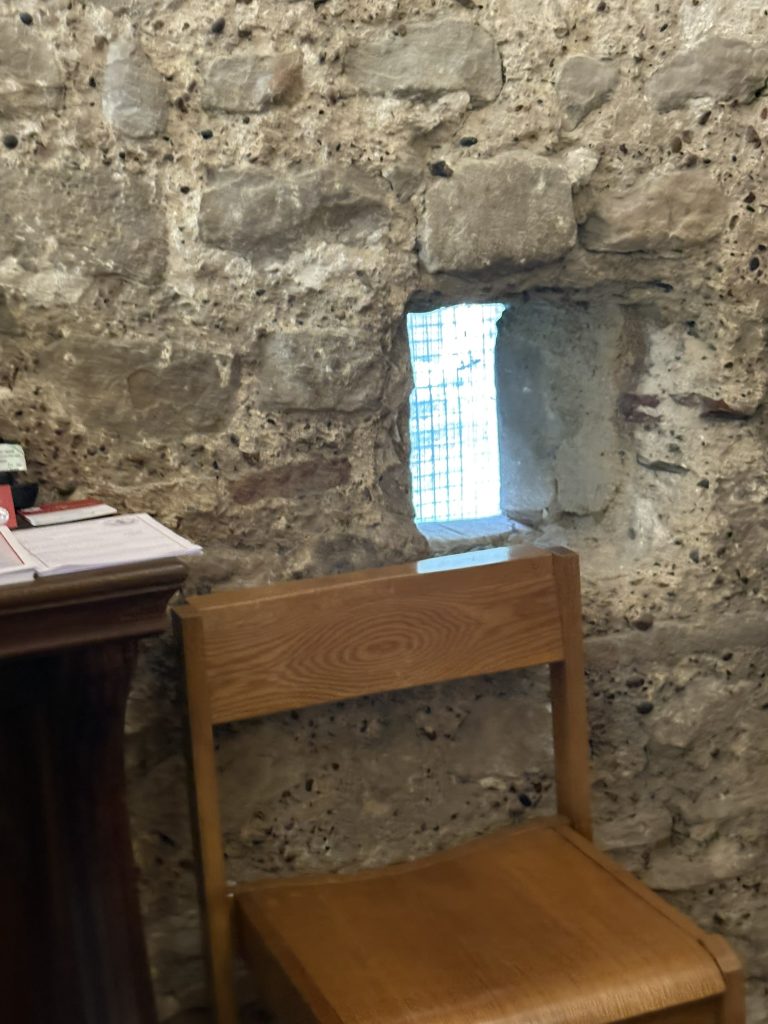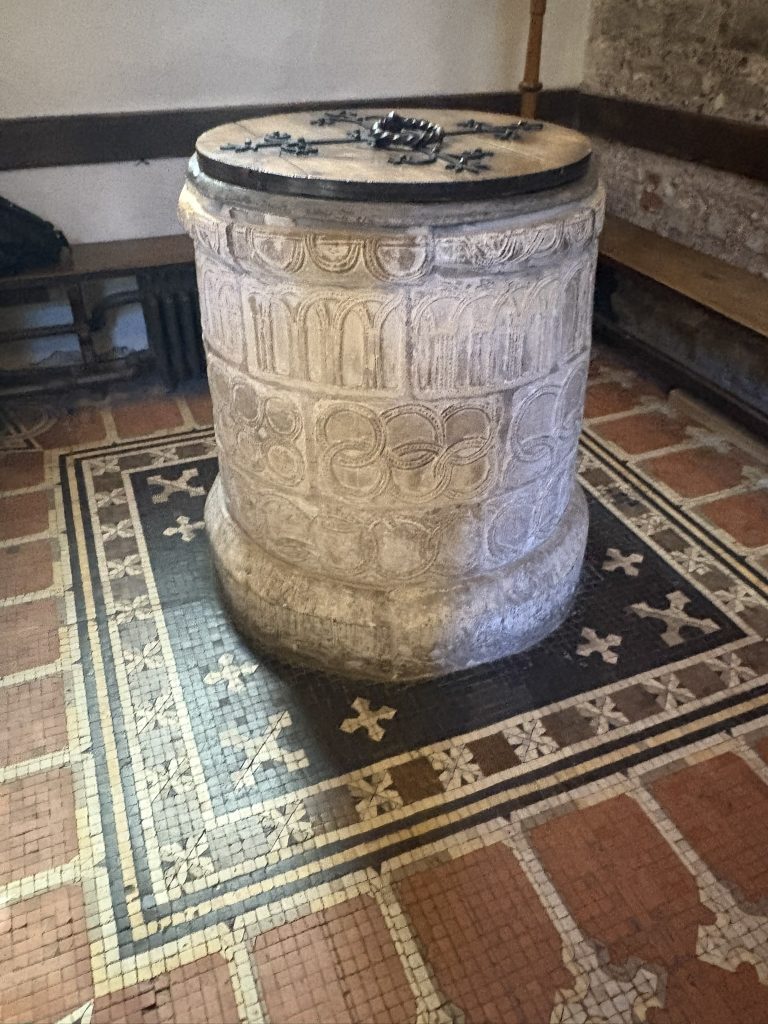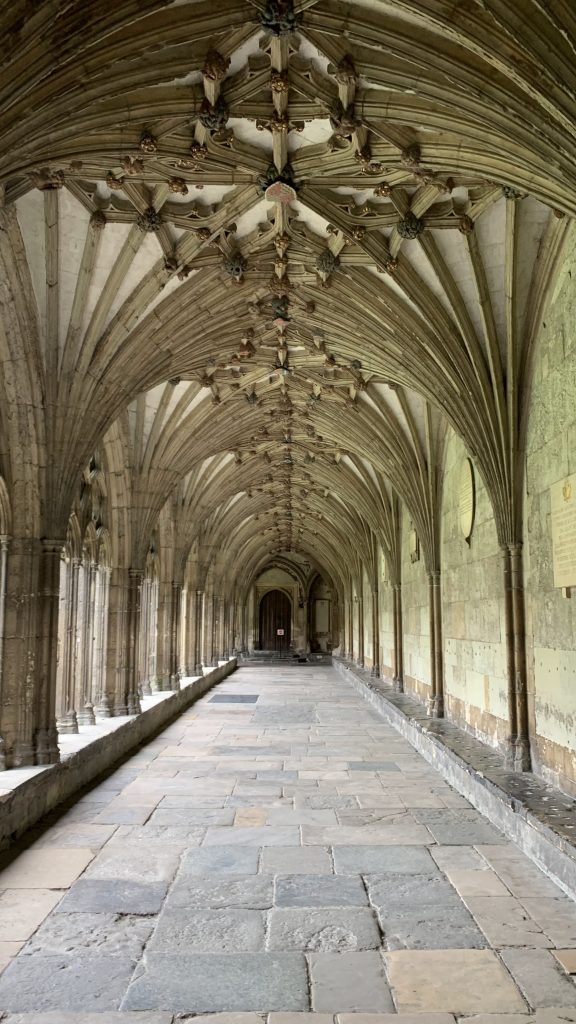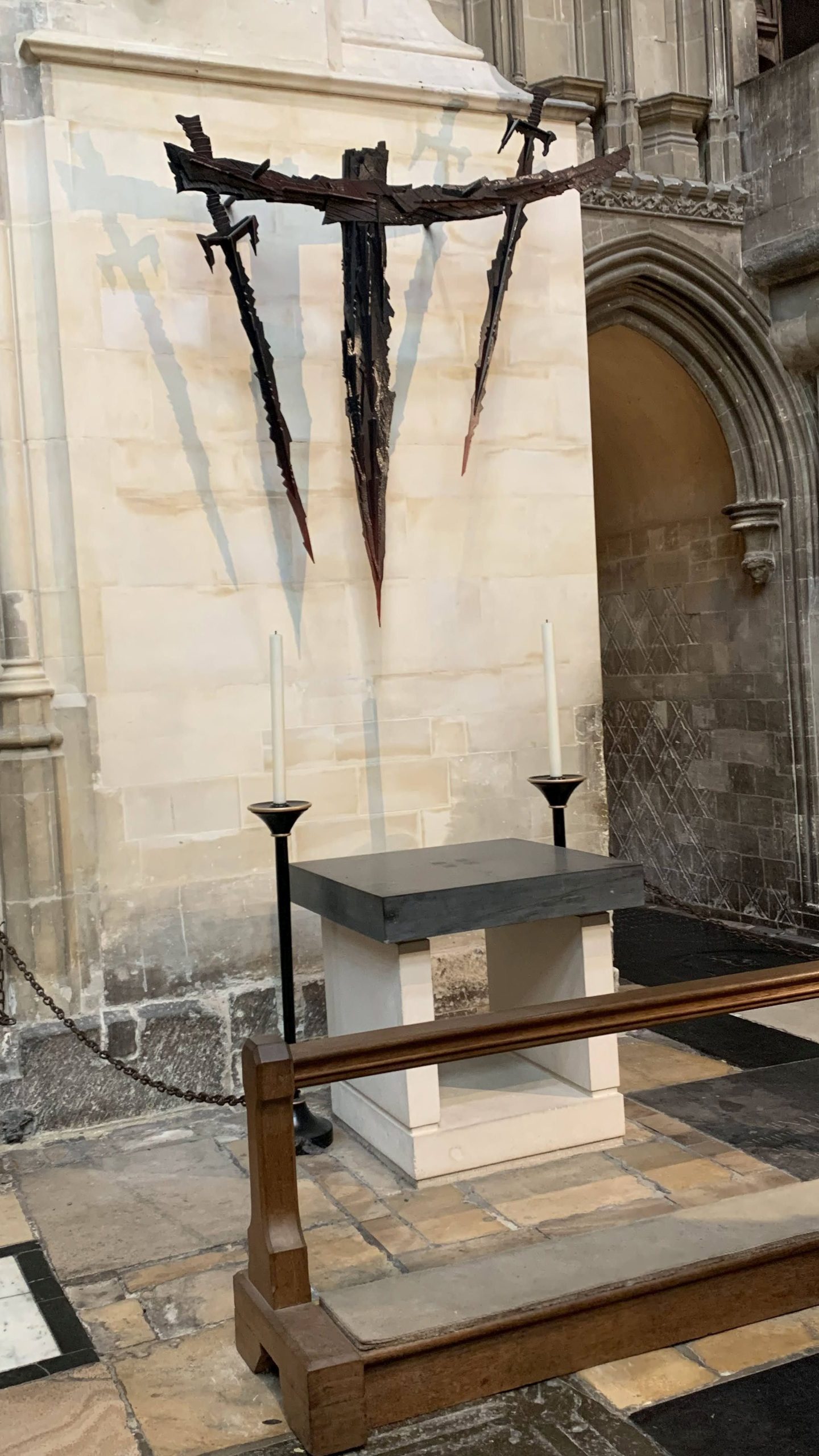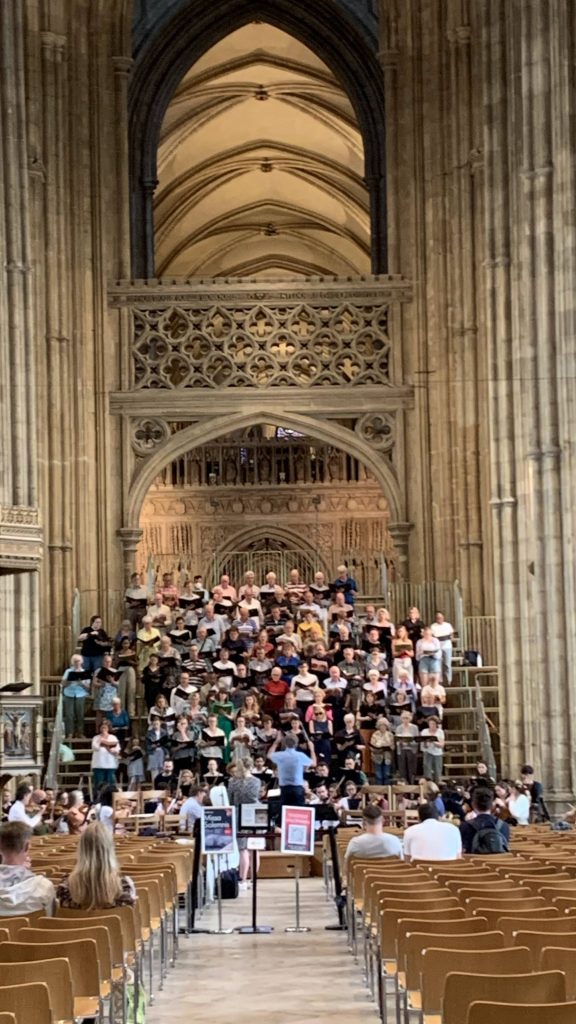Beyond the Cathedral: A Walk Through Canterbury’s Sacred Past
Canterbury is located about 100 km southeast of London. Known as the “Garden of England,” it boasts a rich history, medieval architecture, and three UNESCO World Heritage sites. Several years ago, I visited the city on a day trip and spent most of my time at
Canterbury Cathedral. This time, I stayed overnight at the quaint and centrally located Pilgrim Hotel and focused my visit on the other two UNESCO sites: St. Augustine’s Abbey and St. Martin’s Church.
Speaking of St. Augustine, I had mistakenly assumed he was the famous theologian from Hippo who lived from 354–430 AD and wrote influential works such as Confessions and The City of God. It turns out St. Augustine of Canterbury lived about 200 years later (d. 604 AD) and was sent by Pope Gregory to convert the Anglo-Saxons in England to Christianity.
St. Augustine’s Abbey in Canterbury was established in 598 AD, shortly after St. Augustine’s arrival in England. Its original name was the Monastery of Saints Peter and Paul, but it was renamed St. Augustine’s Abbey in 978 AD in honour of its founder.
From around 600 AD until 1538, it operated as a Benedictine monastery and played a key role in education and manuscript production. After the Dissolution of the Monasteries in 1538, the site was seized by the Crown and granted to Henry VIII’s supporters. Since the 1500s, it has been repurposed for various uses, including farming and educational institutions. It was eventually acquired by the government and is now managed by English Heritage.
St. Martin’s Church
Dating back to the 6th century, St. Martin’s Church is recognized as the oldest church in continuous use in England. I’m usually skeptical of any “oldest” claim, as they can be hard to verify, but St. Martin’s may be an exception because records are well kept. Compared with the grandeur of the cathedral, St. Martin’s is rather modest and tiny in size. Still, it played an important role in the Christianization of England: this was the base St. Augustine used when he arrived in 597 AD to convert the Anglo-Saxons.
Although the church is only a short walk from the much better-known and well-visited cathedral, on the day of my visit I was greeted by a friendly volunteer—and had the place to myself until two other visitors came in later. Judging from the bulletin board, the church still serves a fairly active congregation.
Additional photos
Related Links
- A podcast on the murder of Thomas Becket
- English Heritage: Augustine’s Abbey — A comprehensive guide to the abbey.
- National Churches Trust: St. Martin’s Church — information on the history and features of the church
- A Wikipedia article on St. Martin’s Church
- The Goods Shed, restaurant and farmers market
Bonus: Canterbury Cathedral (2022)
I took these photos during my visit to Canterbury Cathedral in 2022. On that trip, after a short train ride from London, I spent most of the day exploring the cathedral and attended an evensong service there. For those who need a refresher on why this church is so famous: on December 29, 1170, four knights murdered Archbishop Thomas Becket in a side chapel of the cathedral—supposedly to fulfill the wish of King Henry II. It was a classic case of power struggle between Church and State. T. S. Eliot wrote the famous play Murder in the Cathedral based on this event.
The cathedral is also the Mother Church of the worldwide Anglican Communion—known in the UK as the Church of England. I’ve always found the title for the head of the Church of England—Primate—a bit amusing.
During my visit, there happened to be a choir rehearsal, which felt like a fantastic informal concert.
